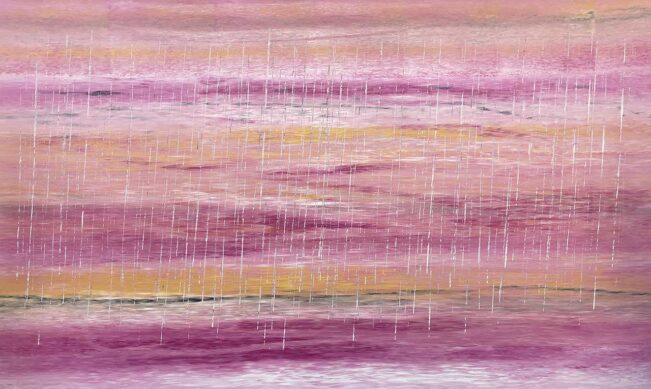 Rosella Namok | Morning Rain Ya ComeJap 022071 | acrylic on canvas | 180 x 110 cm
Add To Enquiry Cart ► How To buy
| 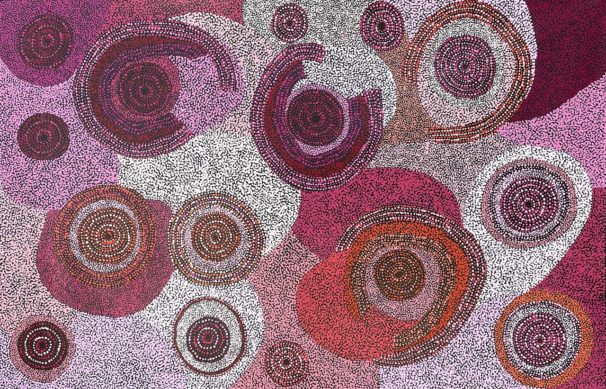 Alison Munti Riley | Seven Sisters DreamingJap 020715 | acrylic on canvas | 149 x 96 cm
Add To Enquiry Cart ► How To buy
| 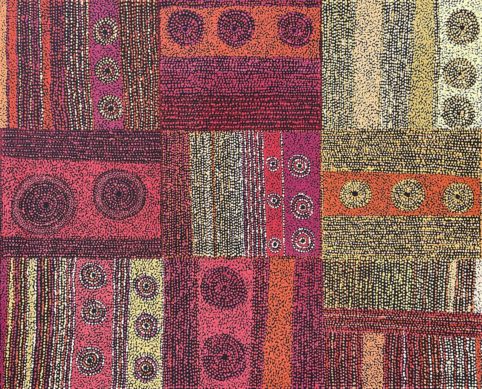 Alison Munti Riley | Seven Sisters DreamingJap 020720 | acrylic on canvas | 120 x 96 cm
Add To Enquiry Cart ► How To buy
| 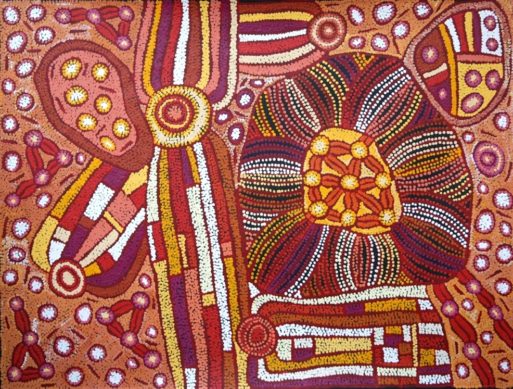 Esther Bruno Nangala | MarrapintiJap 009739 | acrylic on linen | 120 x 91 cm
Add To Enquiry Cart ► How To buy
| 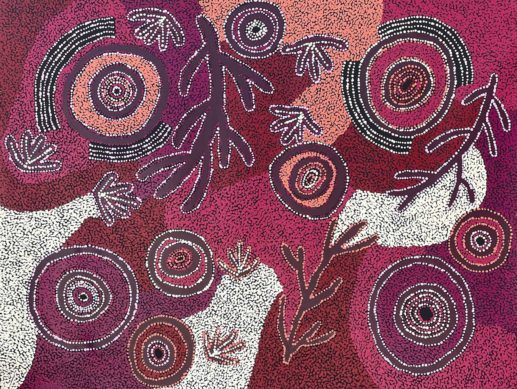 Alison Munti Riley | Seven Sisters DreamingJap 020714 | acrylic on canvas | 119 x 91 cm
Add To Enquiry Cart ► How To buy
|  Rosella Namok | Evening Shower RainJap 021889 | acrylic on canvas | 227 x 110 cm
Add To Enquiry Cart ► How To buy
| 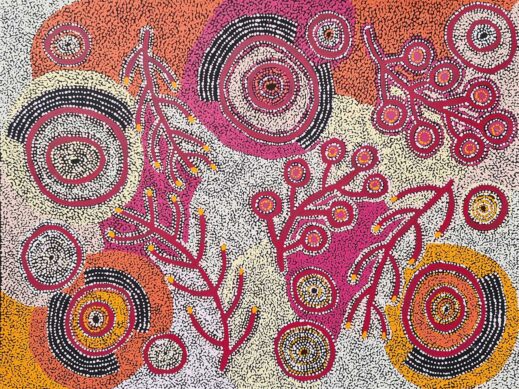 Alison Munti Riley | Kungka KutjaraJap 021449 | acrylic on canvas | 121 x 90 cm
Add To Enquiry Cart ► How To buy
| 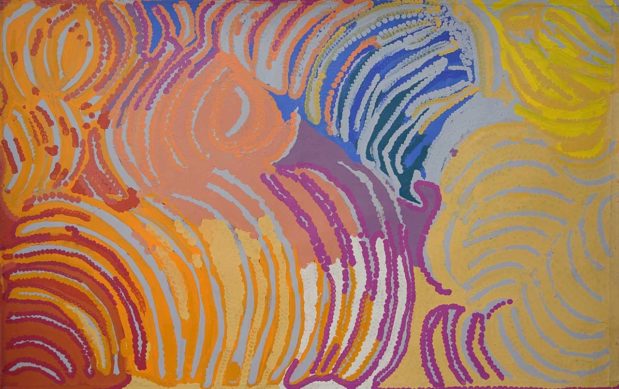 Lorna Napurrula Fencer | Karli – Boomerang DreamingJap 001323 | acrylic on canvas | 203 x 126 cm
Add To Enquiry Cart ► How To buy
| 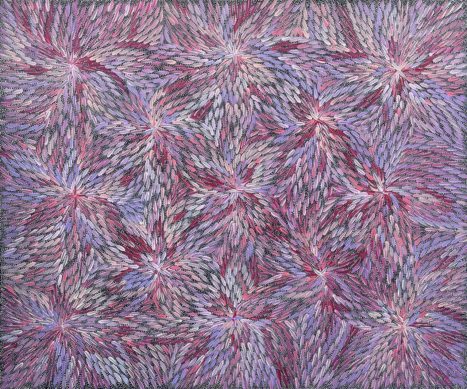 Bernadine Johnson | Bush Medicine LeavesJap 019159 | acrylic on canvas | 109 x 93 cm
Add To Enquiry Cart ► How To buy
| 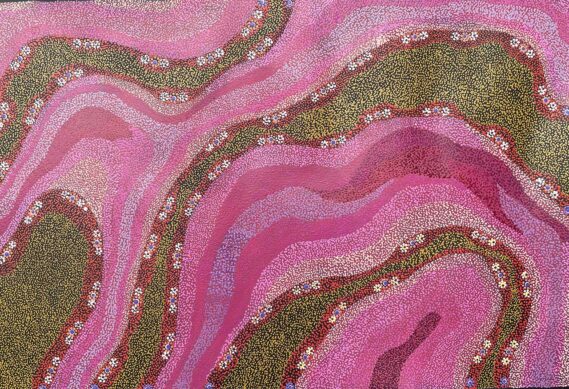 Andrew Tjupurrula Highfold | Desert Dry Creekbed CountryJap 022959 | acrylic on canvas | 90 x 60 cm
Add To Enquiry Cart ► How To buy
| 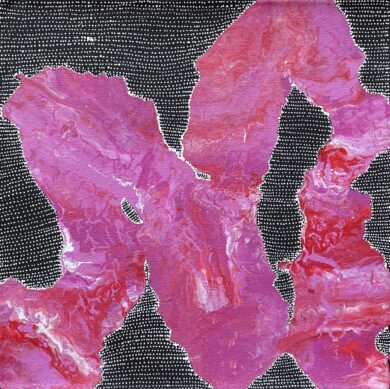 Nancy Nungarrayi Collins | Mina Mina JukurrpaJap 022892 | acrylic on canvas | 30 x 30 cm
Add To Enquiry Cart ► How To buy
| 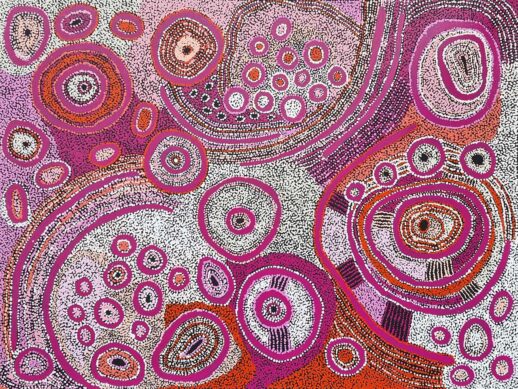 Alison Munti Riley | Kungka KutjaraJap 021451 | acrylic on canvas | 120 x 90 cm
Add To Enquiry Cart ► How To buy
| 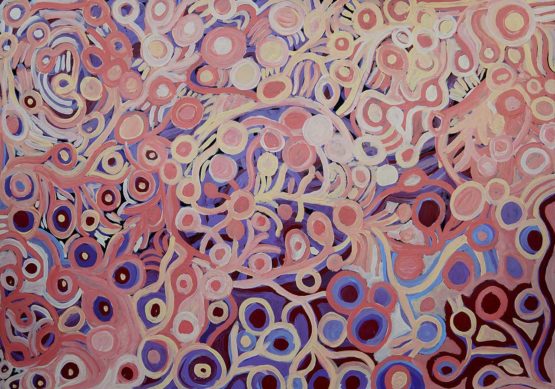 Imitjala Curley | My CountryJap 016743 | acrylic on linen | 150 x 98 cm
Add To Enquiry Cart ► How To buy
|  Biddee Baadjo | TipurljuJap 001747 | acrylic on canvas | 83 x 66 cm
Add To Enquiry Cart ► How To buy
| 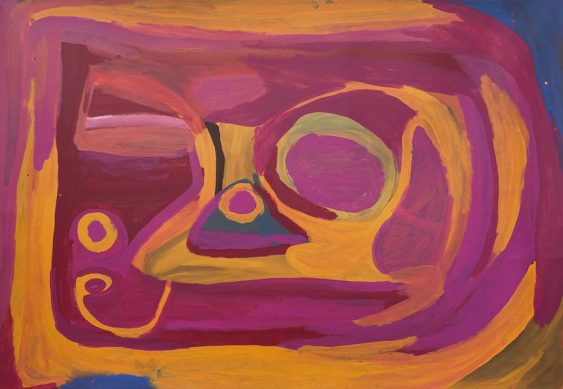 Stumpy Brown | Ngupawarlu – Womens Law StoryJap 003411 | acrylic on canvas | 145 x 100 cm
Add To Enquiry Cart ► How To buy
| 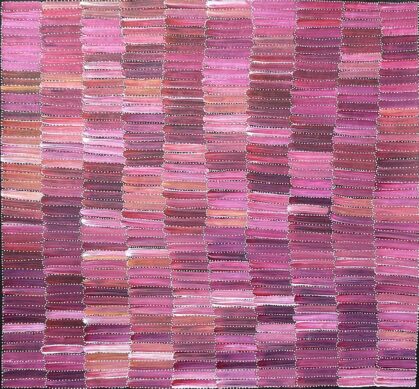 Jeannie Mills Pwerle | Anatye – Bush YamJap 021560 | acrylic on canvas | 95 x 89 cm
Add To Enquiry Cart ► How To buy
|  Angelina Ngal | Aharlper CountryJap 015288 | acrylic on linen | 179 x 149 cm
Add To Enquiry Cart ► How To buy
| 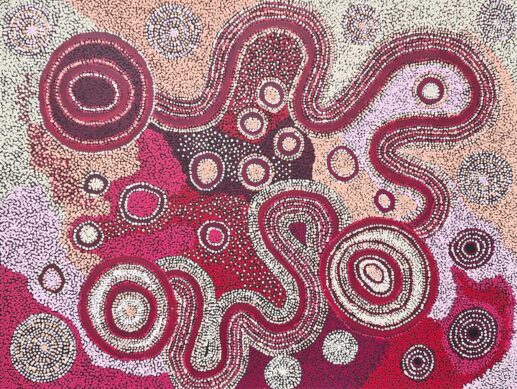 Alison Munti Riley | Seven Sisters Dreaming (Rockholes )Jap 021453 | acrylic on canvas | 120 x 90 cm
Add To Enquiry Cart ► How To buy
|  Nada Rawlins | YimiriJap 006343 | acrylic on canvas | 142 x 98 cm
Add To Enquiry Cart ► How To buy
|  Susan Tjitayi | PukaraJap 021143 | acrylic on canvas | 117 x 30 cm
Add To Enquiry Cart ► How To buy
| 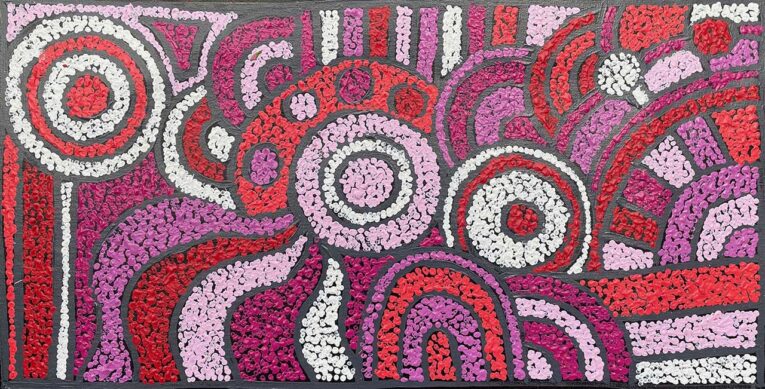 Nellie Marks Nakamarra | Water Dreaming at KalipinypaJap 021242 | acrylic on canvas | 60 x 30 cm
Add To Enquiry Cart ► How To buy
|  Biddee Baadjo | WirjintiJap 001754 | acrylic on canvas | 84 x 64 cm
Add To Enquiry Cart ► How To buy
|  Tjuruparu Watson | Wati KujarraJap 010514 | acrylic on linen | 157 x 114 cm
Add To Enquiry Cart ► How To buy
| 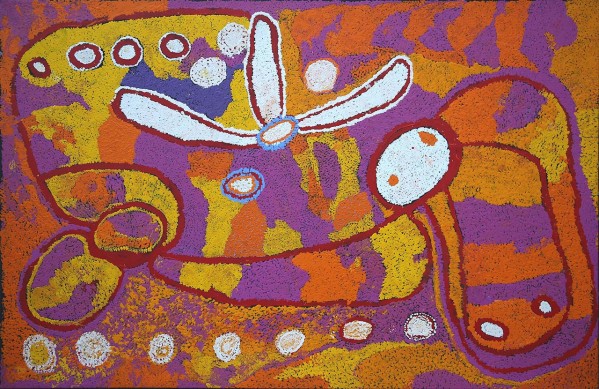 Wingu Tingima | Wati KujarraJap 010513 | acrylic on linen | 183 x 120 cm
Add To Enquiry Cart ► How To buy
| 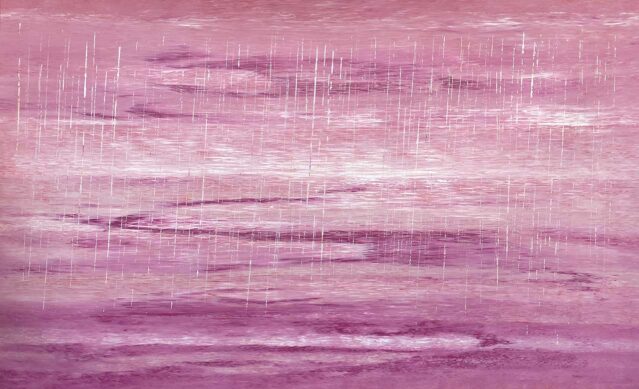 Rosella Namok | Pink RainJap 022063 | acrylic on canvas | 180 x 110 cm
Add To Enquiry Cart ► How To buy
| 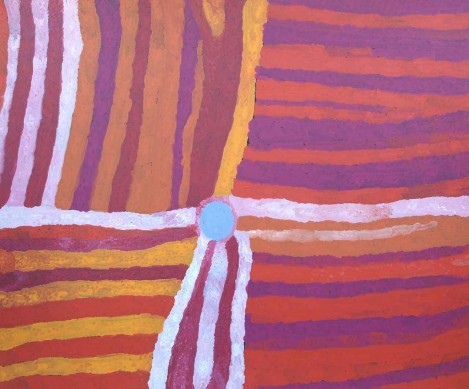 Biddee Baadjo | PiyurrJap 005695 | acrylic on canvas | 107 x 97 cm
Add To Enquiry Cart ► How To buy
| 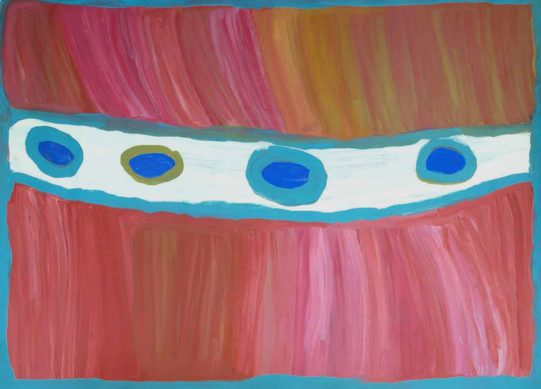 Nada Rawlins | Four Waterholes near KirriwirriJap 002705 | acrylic on canvas | 145 x 104 cm
Add To Enquiry Cart ► How To buy
| 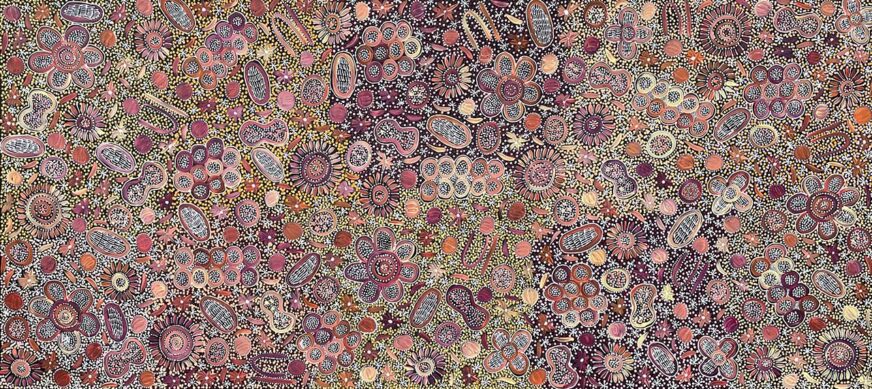 Rochelle Bird Mbitjana | My CountryJap 021918 | acrylic on canvas | 200 x 99 cm
Add To Enquiry Cart ► How To buy
| 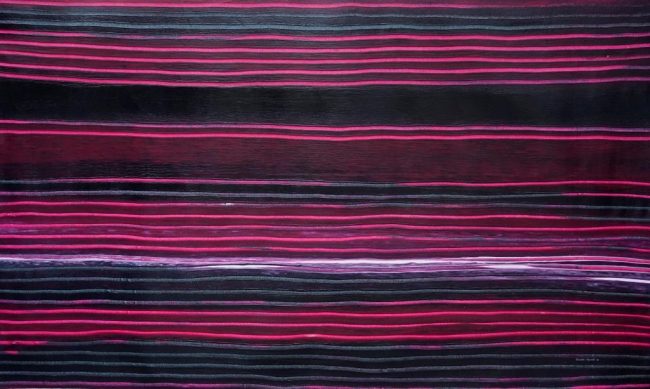 Rosella Namok | Pink Bamboo CaneJap 015242 | acrylic on canvas | 178 x 107 cm
Add To Enquiry Cart ► How To buy
| 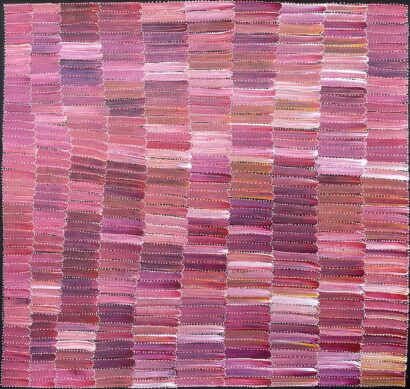 Jeannie Mills Pwerle | Bush YamJap 022207 | acrylic on canvas | 94 x 88 cm
Add To Enquiry Cart ► How To buy
| 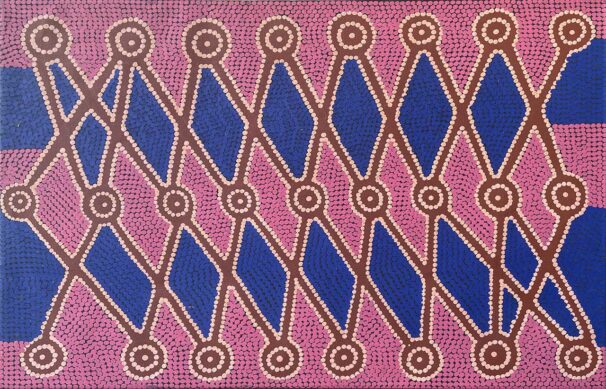 Paddy Carroll Tjungurrayi | Goanna Muliera at ArrapilonguJap 000838 | acrylic on linen | 100x 65 cm
Add To Enquiry Cart ► How To buy
| 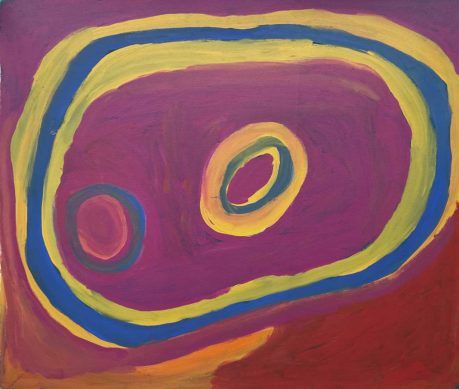 Stumpy Brown | Ngupawarlu – My CountryJap 003416 | acrylic on canvas | 84 x 71 cm
Add To Enquiry Cart ► How To buy
| 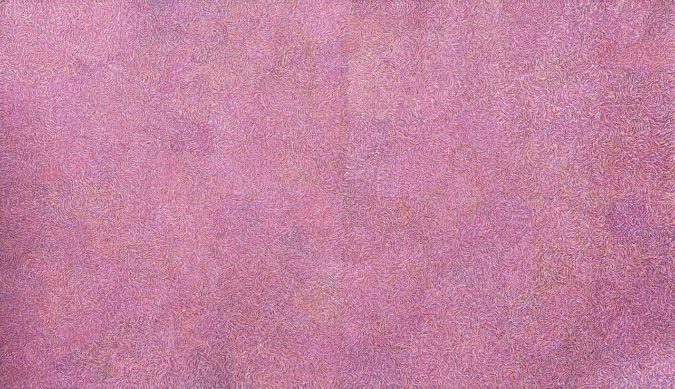 Genevieve Kemarr Loy | Bush Turkey TracksJap 020102 | acrylic on linen | 200 x 122 cm
Add To Enquiry Cart ► How To buy
|  Lorna Napurrula Fencer | Yarla Jukurrpa – Bush YamJap 001042 | acrylic on canvas | 86 x 59 cm
Add To Enquiry Cart ► How To buy
| 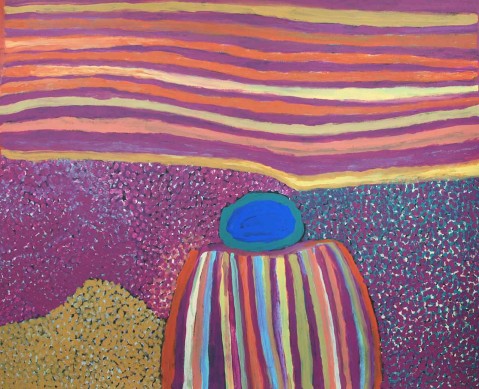 Nada Rawlins | WirnpaJap 006341 | acrylic on canvas | 117 x 96 cm
Add To Enquiry Cart ► How To buy
| 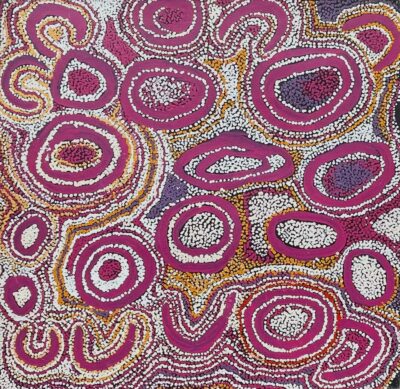 Tjaruwa Woods | YampilJap 021626 | acrylic on canvas | 93 x 91 cm
Add To Enquiry Cart ► How To buy
| 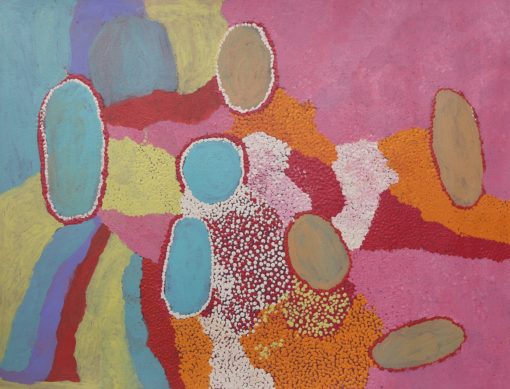 Biddee Baadjo | WirjintiJap 001752 | acrylic on canvas | 84 x 64 cm
Add To Enquiry Cart ► How To buy
| 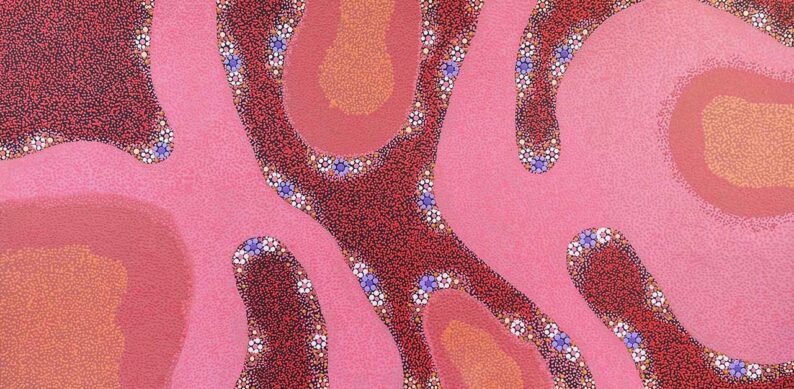 Andrew Tjupurrula Highfold | Desert Dry Creek CountryJap 022154 | acrylic on canvas | 94 x 48 cm
Add To Enquiry Cart ► How To buy
| 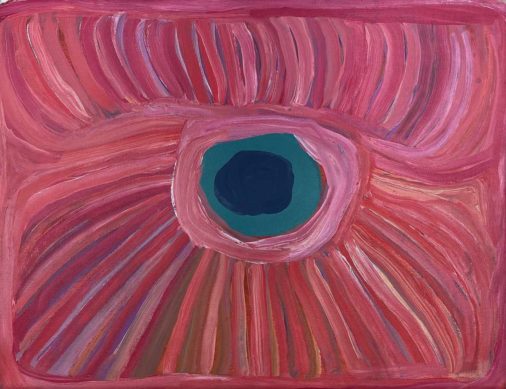 Nada Rawlins | KupankurluJap 002721 | acrylic on canvas | 86 x 65 cm
Add To Enquiry Cart ► How To buy
| 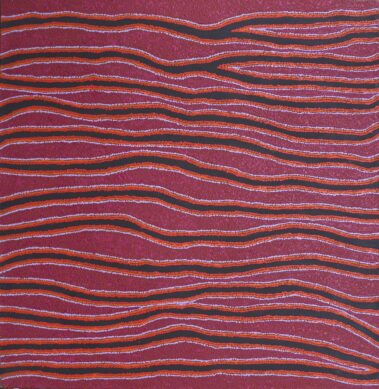 Eileen Napaltjarri | Tjiturrulpa – SandhillsJap 004043 | acrylic on linen | 122 x 122 cm
Add To Enquiry Cart ► How To buy
| 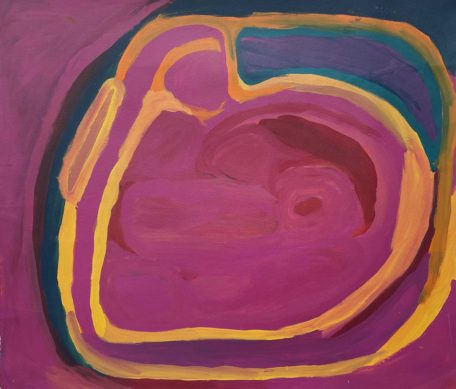 Stumpy Brown | NgupawarluJap 003417 | acrylic on canvas | 99 x 94 cm
Add To Enquiry Cart ► How To buy
| 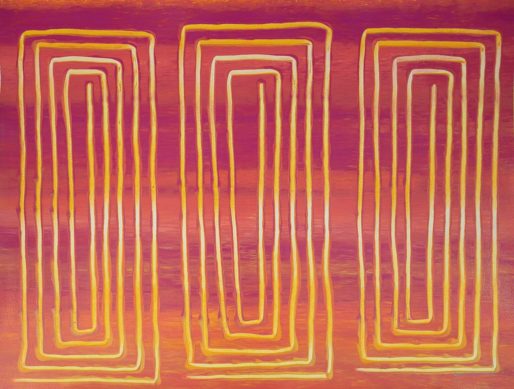 Rosella Namok | Three SistersJap 017922 | acrylic on canvas | 107 x 85 cm
Add To Enquiry Cart ► How To buy
|  Lorna Napurrula Fencer | Yapa II – Big Dreamtime FightJap 001060 | acrylic on canvas | 219 x 140 cm
Add To Enquiry Cart ► How To buy
|











































